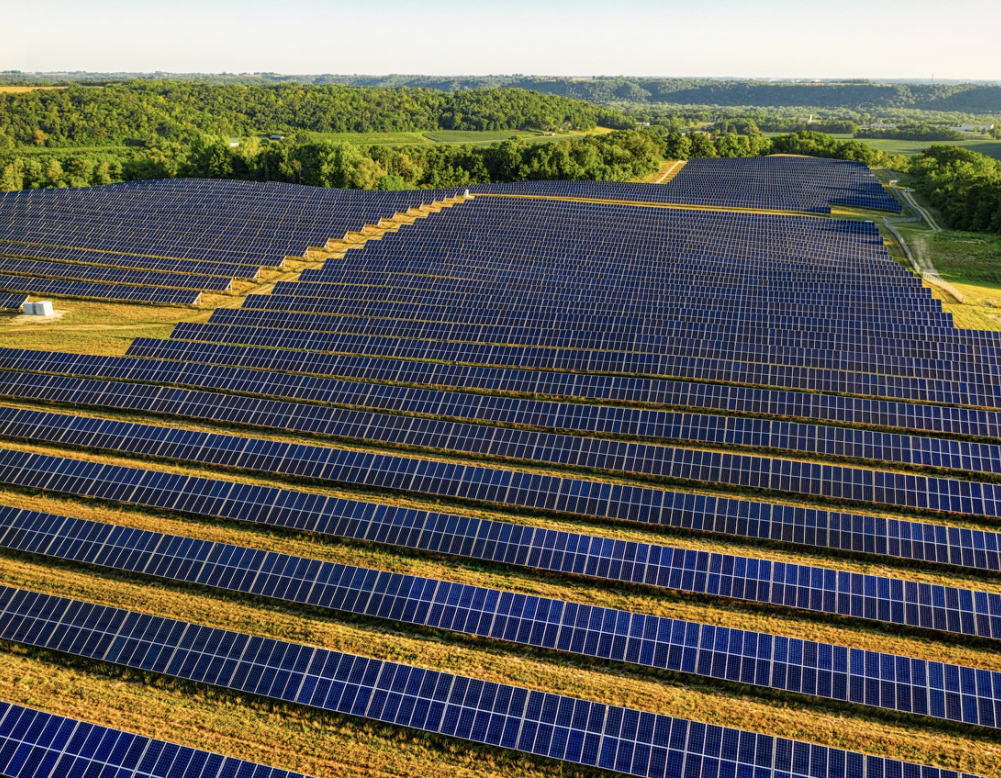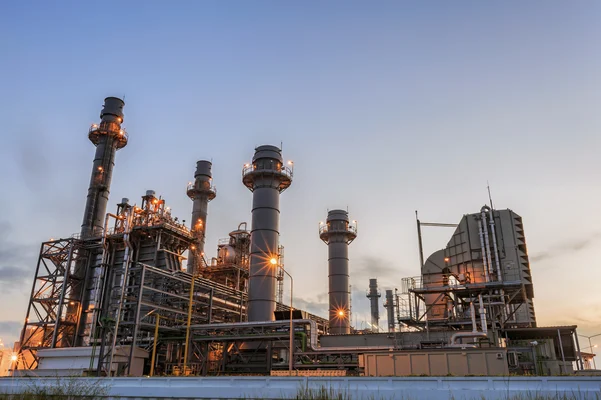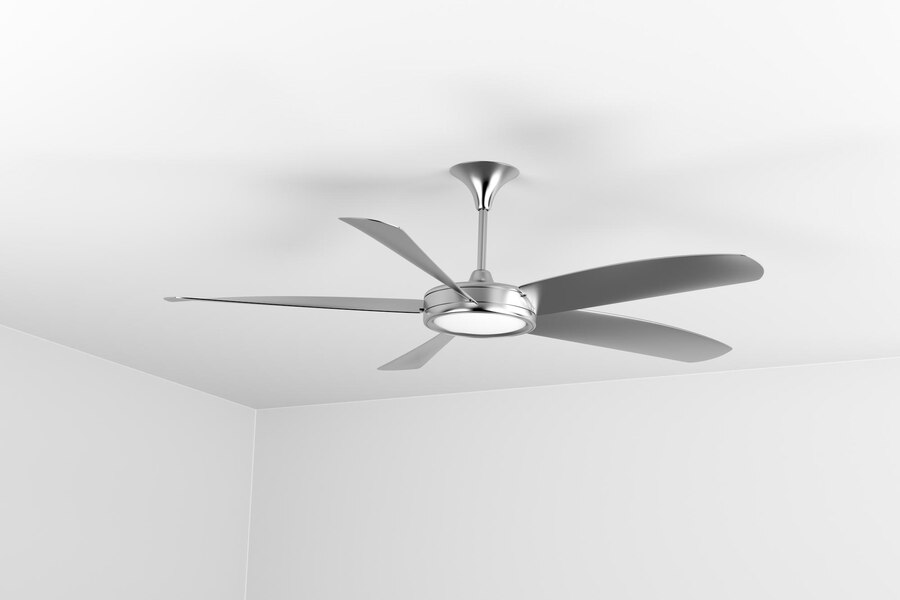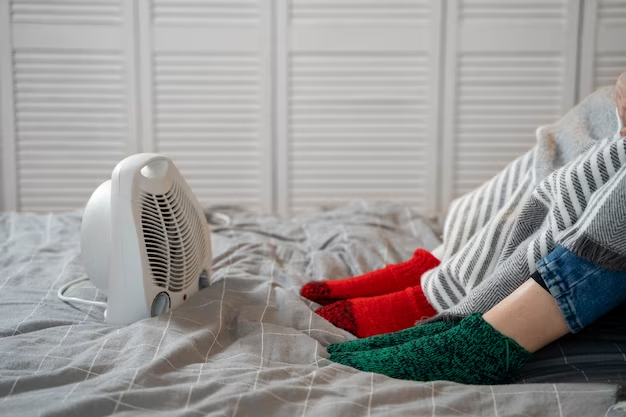When the sweltering summer heat becomes unbearable, a standing fan is a popular choice to stay cool. However, have you ever wondered about the electricity usage of these household appliances? In this in-depth article, we will delve into the details of how much electricity a standing fan consumes, providing valuable insights and practical tips to help you make informed decisions about energy consumption.
Understanding Standing Fans
Standing fans, also known as pedestal fans, are portable electric fans designed to provide airflow and create a cooling effect in indoor spaces. They consist of a rotating blade assembly enclosed in a protective grille and are supported by an adjustable stand or pedestal.
Calculating Electricity Usage
To determine the electricity consumption of a standing fan, you need to consider its wattage and the duration of usage. Most standing fans have wattage ratings between 40 to 100 watts. Suppose your standing fan has a wattage of 60 watts and you use it for 8 hours daily.
Energy Consumption per day (in watt-hours) = Wattage × Hours of Use Energy Consumption per day = 60 watts × 8 hours = 480 watt-hours
Factors Affecting Energy Consumption
Several factors influence the electricity usage of standing fans. Some of the key factors include:
- Fan Speed: Higher fan speed typically leads to increased electricity consumption. Opt for lower speeds when possible to save energy;
- Fan Size: Larger fan blades may consume more electricity as they move more air. Consider the room size when choosing a fan;
- Frequency of Usage: The more you use the fan, the higher the energy consumption will be. Be mindful of leaving it on when not needed.
Energy-Efficient Fan Options
If you’re concerned about electricity consumption, consider investing in an energy-efficient standing fan. Look for fans with an ENERGY STAR rating or those equipped with DC motors, which are known for their energy-saving capabilities.
Tips to Reduce Electricity Consumption
While standing fans are generally energy-efficient, implementing a few simple practices can further reduce their electricity usage:
- Use the fan in conjunction with air conditioning to circulate cool air efficiently;
- Turn off the fan when you leave the room or when it’s not needed;
- Regularly clean and maintain the fan to ensure optimal performance.
Environmental Impact of Fan Usage
The environmental impact of standing fan usage is relatively low compared to air conditioners. Fans do not use refrigerants or emit greenhouse gases. Opting for energy-efficient fans and being mindful of their usage can further reduce your carbon footprint.
Innovations in Energy-Efficient Fans
As technology advances, manufacturers are continuously developing more energy-efficient standing fans. Some innovations include:
- Bladeless Fans: These fans use air multiplier technology to create a smooth airflow without blades, reducing energy consumption;
- Smart Fans: Equipped with sensors and smart controls, these fans adjust their speed and operation based on the room’s temperature and occupancy.
The Future of Cooling Technology
The future of cooling technology looks promising, with ongoing research and development focusing on renewable energy integration and even more efficient fan designs. As sustainability becomes a top priority, expect to see eco-friendly cooling solutions in the market.
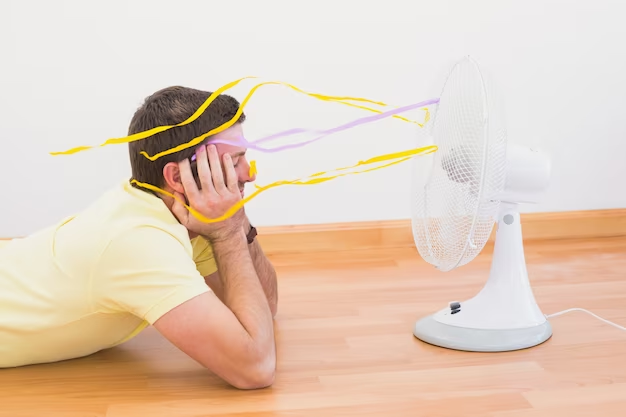
Energy-Saving Fan Features
Modern standing fans come equipped with various energy-saving features that contribute to their overall efficiency. Here are some common features to look for:
- Timer Function: Set the fan to turn off automatically after a specified time to avoid unnecessary energy consumption;
- Adjustable Speed Settings: Choose from multiple speed options to tailor the airflow to your comfort level while saving energy;
- Oscillation: Fans with oscillating capabilities can distribute air more effectively, reducing the need for higher fan speeds;
- Remote Control: A remote control allows you to control the fan from a distance, enabling you to turn it off when not needed quickly;
- Sleep Mode: Some fans have a sleep mode that gradually reduces the fan speed over time, ensuring a peaceful and energy-efficient night’s sleep.
Cooling Fan Comparison Table
To help you make an informed decision, let’s compare various cooling fan types based on their features, energy consumption, and suitability for different settings:
| Fan Type | Features | Energy Consumption | Suitable for |
|---|---|---|---|
| Standing Fan | Adjustable Height, Oscillation | 60 watts | Living rooms, Bedrooms |
| Ceiling Fan | Remote Control, Reversible Blades | 25-75 watts | Living rooms, Dining rooms |
| Box Fan | Portable, High Airflow | 50-200 watts | Window placement |
| Tower Fan | Space-Saving Design, Quiet Operation | 30-100 watts | Offices, Small rooms |
Energy-Saving Tips for Fans and Air Conditioning
Besides using energy-efficient standing fans, you can optimize your cooling strategies by combining them with air conditioning. Here are some energy-saving tips:
- Fan + Air Conditioning: Set your air conditioner’s temperature slightly higher and use a fan to circulate cool air, reducing the workload on the AC;
- Use Fans First: When the temperature isn’t scorching, use fans alone before resorting to air conditioning;
- Seal Leaks: Ensure your home is well-insulated and seal any gaps or cracks to prevent cool air from escaping;
- Ventilate at Night: Open windows at night to let cool air in and use fans to circulate it during the day.
How to Measure Fan Electricity Consumption
To accurately assess the electricity usage of your standing fan, follow these steps:
- Check the Fan’s Wattage: Look for the wattage rating on the fan’s label or user manual. It indicates the amount of power the fan consumes while operating;
- Monitor Usage Time: Keep track of how many hours you use the fan each day. This can be as simple as setting a timer or using smart plugs with built-in monitoring features;
- Calculate Daily Energy Consumption: Multiply the fan’s wattage by the number of hours you use it daily. This will give you the daily energy consumption in watt-hours (Wh);
- Monthly and Annual Calculation: Multiply the daily energy consumption by 30 (for a month) or 365 (for a year) to estimate your monthly and annual energy usage.

The Role of Fans in Indoor Air Circulation
Beyond providing cooling relief, standing fans play a crucial role in improving indoor air circulation. Proper air circulation helps maintain a consistent temperature throughout the room, reducing the need for higher fan speeds and air conditioning usage. This leads to enhanced energy efficiency and a more comfortable living environment.
The Importance of Energy Labeling
When shopping for standing fans, pay attention to energy labeling. Many countries have energy efficiency standards, and energy labels provide valuable information on a fan’s power consumption and efficiency rating. Choose fans with higher energy efficiency ratings to maximize energy savings.
Tips for Using Fans in Different Seasons
Fans can be beneficial not only during summer but also in other seasons. Here are some tips for using fans effectively throughout the year:
- Spring: Use fans to circulate fresh air and reduce stuffiness after the winter months;
- Fall: In the evenings, use fans to draw in cool air and create a pleasant atmosphere without relying on air conditioning;
- Winter: Use fans on a low setting to distribute warm air from the heating system, making your space more comfortable;
- Year-Round: Utilize fans for better air circulation, reducing the need for air conditioning and heating in moderate temperatures.
Conclusion
Understanding the electricity usage of standing fans empowers us to make environmentally conscious choices while staying cool and comfortable. By adopting energy-efficient practices, utilizing modern fan features, and exploring innovative technologies, we can create a sustainable and eco-friendly future. Cooling solutions that save electricity not only benefit the environment but also contribute to lower utility bills, making them a win-win for both homeowners and the planet.




